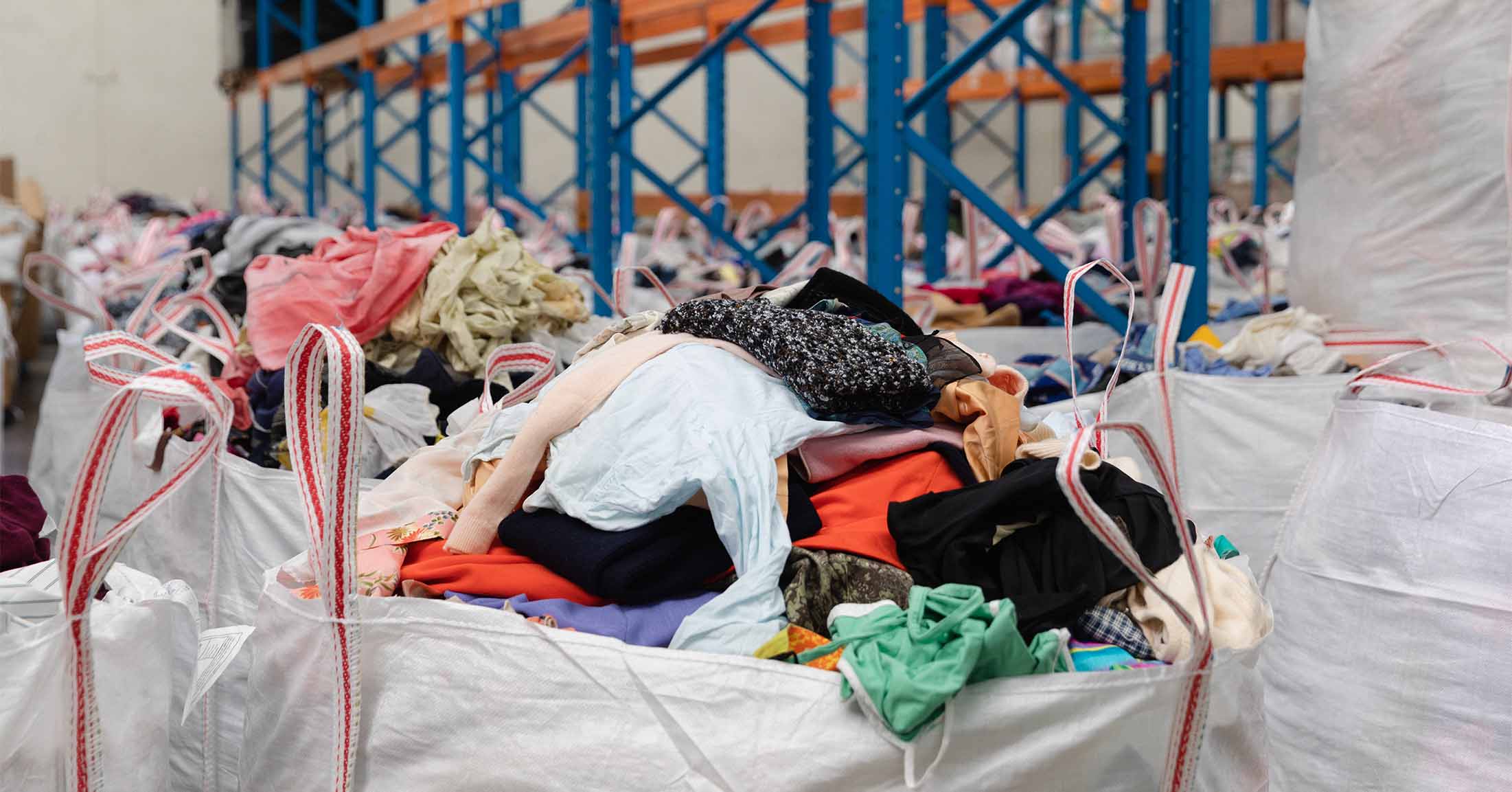
60,000 Tonne of unwanted textiles end up in landfill each year
60,000 Tonne of unwanted textiles end up in landfill each year, just from charities…
What do you think of when you hear textile waste? For some it may spark a memory of their grandmother’s material cut offs from the ugly Christmas sweater they were given when they were 10, for others it’s the unused and discarded garments that are thrown into landfill each year.
On average Australians purchase 27kg of new textiles and then discard around 23kg into landfill annually. With clothing now cheaper than ever, it’s not hard to have the blase mentality of “I’ll buy it and if I don’t end up wearing it, I’ll just donate it”. The problem with this is that charities receive immense volumes of textiles and up to 60,000 tonnes end up in landfill each year. Charities are spending a baffling 13 million dollars sorting and exporting garments that they are unable to sell or utilise. Charities are often spending time and resources sorting through waste that has been dumped at drop off sites despite it not being reusable or resalable. With charities seeking more sustainable and cost effective ways to solve these issues, many are reaching out to recycling companies for help.
This is where textile recyclers come in, taking the necessary steps in the textile recycling process involving the donation, collection, sorting and processing of textiles. The urgency to recycle textiles is becoming more and more evident.
Textile recycling offers multiple environmental benefits such as decreasing landfill space requirements, keeping in mind that synthetic fibres such as nylon, acrylic and polyester which are designed not to decompose often end up in mammoth mounds of waste. Avoiding the use of virgin materials also lessens the demand for dyes. Almost three-quarters of all the water consumed by dyemills ends up as undrinkable waste – a toxic soup of dyes, salts, alkalis, and heavy metals.
The main benefit of textile recycling we see is the ability to reuse clothing. Through the reuse of clothes and textiles, we can avoid pollution and energy-intensive production of new clothing. Additionally, clothing that cannot be reused may be repurposed and given a new life such as rags or recycled into new fabric.
With materials that are deemed non-recyclable and difficult to break down, one may think “what good will this do going to a recycling company if it can’t be spun into new material?”. It’s a good thing companies are coming up with new and exciting ways to repurpose these fabrics.
UPPAREL for one, has created FillUP, finding a new way to give non-recyclables a new life. Once the textiles are sorted and assessed as unfit-for-wear, they are then separated into items of similar composition, colour and material. From there, textiles are shred down and re-purposed into items such as roof tiles, insulation, office partitions and stuffing for pet beds.
By now, we’ve all heard of the term, reduce, reuse, recycle when it comes to waste, the same rules apply for textiles. Textile recycling has a big impact on some frightening statistics and we encourage everyone to stand up and help, reduce your environmental impact, save items from ending up in landfill and help those in need, all at once.
If you’d like to join us and make a positive impact, you can purchase your collection here.
